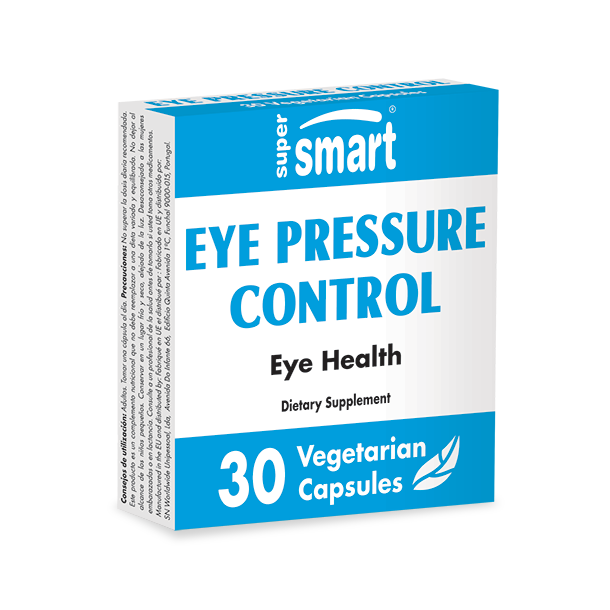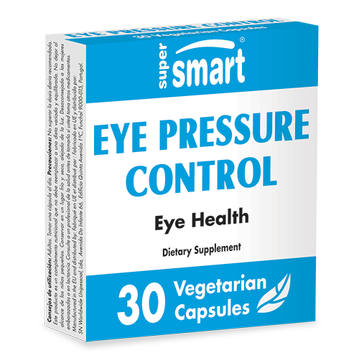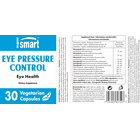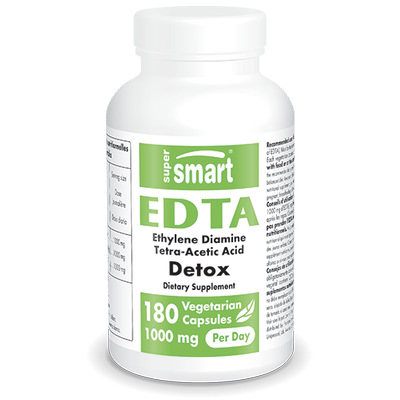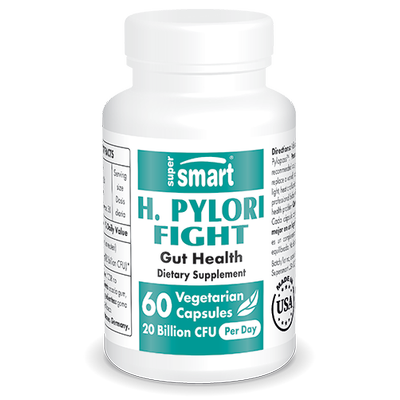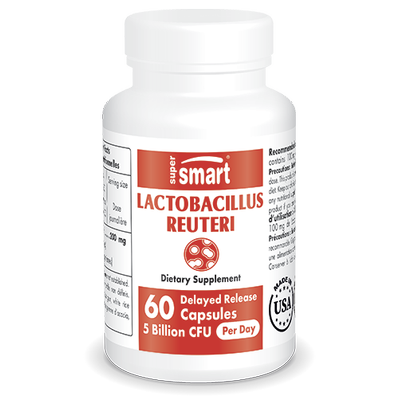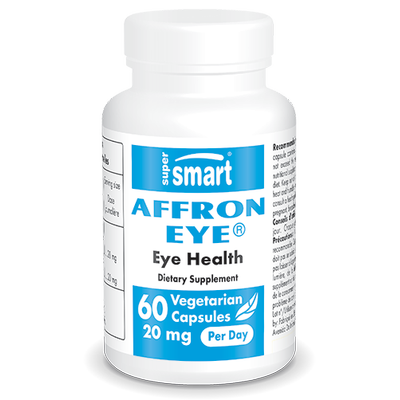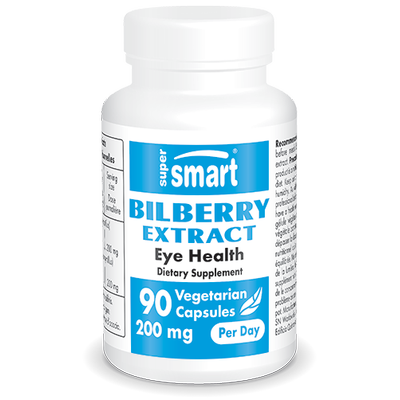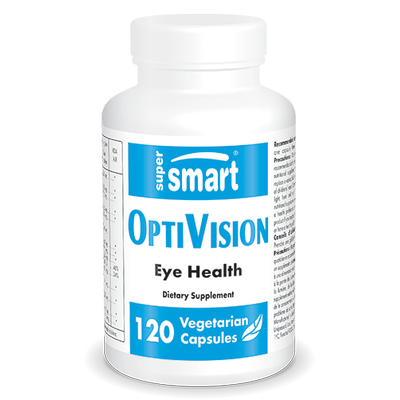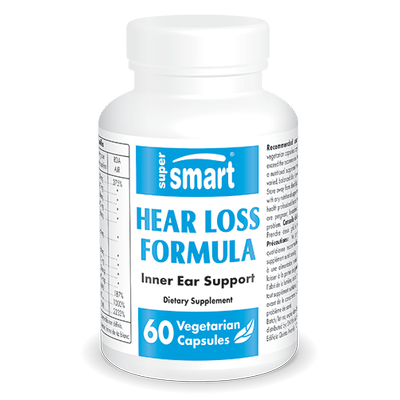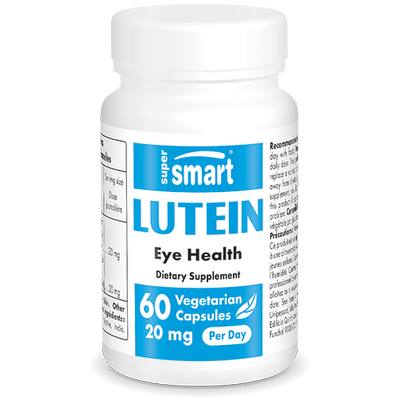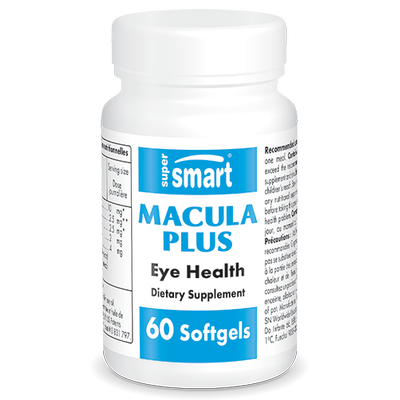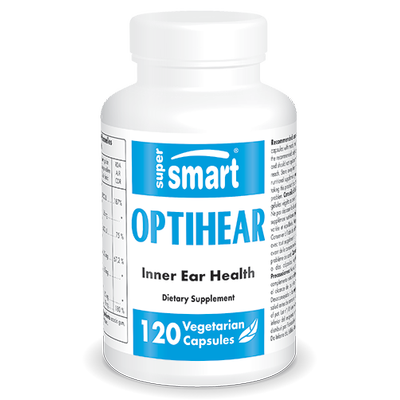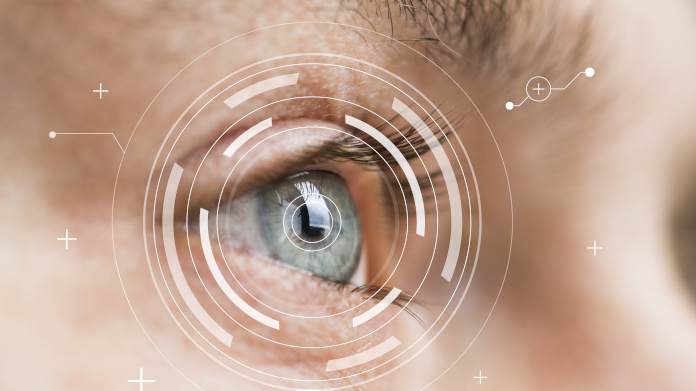In Stock
Eye Pressure Control
Supplement to Lower Eye Pressure Made with Pine Bark and Blueberry
Create your offer
Eye Pressure Control is an essential natural formulation delivered in vegetarian capsules for maintaining eye health and preventing age-related deterioration of the eye’s vascular system. These supplements to lower eye pressure consist of two completely natural, patented extracts – Mirtoselect®, an extract of bilberries harvested from European forests, and Pycnogenol®, an extract of maritime pine bark, from the Landes de Gascogne in France.
Who is Eye Pressure Control Aimed At?
These supplements for eye pressure are designed for:
- Those with a family history of glaucoma, cataract, and AMD.
- Those looking for natural ways of preventing or minimizing the risk of age-related eye problems.
- Those keen to preserve their visual acuity.
- Those with existing eye problems, such as chronic uveitis.
- Those who’ve suffered a major injury to the eye.
What is MirtoSelect®? And how does Bilberry Lower Eye Pressure?
If you want to know how to lower eye pressure naturally, you should research MirtoSelect® and its reported benefits. MirtoSelect® is an authentic bilberry extract (Vaccinium myrtillus) standardized to 36% anthocyanins. It is obtained exclusively from fresh bilberries harvested when ripe between July and September.
Bilberry has been in use since the middle ages for a variety of conditions and is continuing to be studied for the potential benefits it may offer. Over the last few decades, numerous possible benefits have been identified, with bilberries thought to:
- Improve retinal sensitivity.
- Preserve visual function.
- Maintain lachrymal function.
- Improve vascular circulation in the eye.
- Relieve ocular fatigue (following intensive use of the eyes).
- Combat aging of the eyes.
It appears that these benefits are due to the berries’ anthocyanin content. So, if you want to learn how to reduce eye pressure naturally, anthocyanin may be the key. Anthocyanins are found in many fruits, in some root or leafy vegetables and red wine, but it is bilberries that are the best dietary source. Part of the large flavonoid family, anthocyanins are antioxidant compounds exclusive to the plant kingdom.
Anthocyanins’ mechanisms of action
Powerful antioxidant activity. The anthocyanins in bilberries are potent antioxidants that, like all vitamins for eye health, neutralize reactive oxygen species, particularly superoxide anion (O2-), and reduce lipid peroxidation, a process that encourages fatty acids to turn rancid.
Anthocyanins may be able to prevent light-induced photo-oxidation, particularly that involving lipofuscin, a pigment that accumulates over time in the cells of the retinal epithelium. This oxidation itself generates phototoxic free radicals, leading to chronic oxidative stress, which is particularly harmful to the eyes. However, this process too can be stemmed by anthocyanins.
Anthocyanins also appear to increase ocular levels of endogenous antioxidants (i.e., those made by the body), such as glutathione, Vitamin C, and superoxide dismutase.
Anti-inflammatory properties. Recent studies show that anthocyanins can halt the expression of genes that contribute to inflammation and instead encourage the expression of those that fight it. This is a particularly useful property since inflammation plays a key role in many health conditions.
Inhibition of phosphodiesterase. Research shows the anthocyanins in bilberry (cyanidin, delphinidin, and malvidin) slow down the activity of an enzyme that is very active in the eye called phosphodiesterase. This enzyme is responsible for inactivating a cell messenger, which stimulates neurons and increases the brain’s glucose supply. By inhibiting phosphodiesterase, anthocyanins thus provide a temporary boost to this messenger, resulting in the stimulation of neurons and photoreceptor cells. This mechanism partly explains the improvements in visual acuity observed in studies and empirical data among those who consume bilberries and bilberry extracts.
Effect on arterial vasomotricity. Vasomotricity is the ability of an artery to modulate its size. It is an essential property for healthy blood flow but one which can often be impaired by the formation of fatty deposits on the inner lining of blood vessels. These vessels then find it harder to respond to biochemical signals and gradually deteriorate. Anthocyanins may thus have a positive effect on this property which is directly involved in visual function.
Note: the term, "bilberry," refers solely to the shrub known scientifically as Vaccinium myrtillus, while "blueberry," which is often used as a universal name for blue-colored berries, is a cultivated hybrid of several American species. The latter’s pulp is greenish in color, while that of bilberry is blue. Bilberries are juicier than blueberries and have a far higher content of anthocyanins.
How is MirtoSelect® Produced?
Bilberries are undoubtedly the most precious of the berry species: they are extremely difficult to cultivate and much more delicate than other berries (making them more susceptible to damage and difficult to transport).
The bilberries used for these supplements to lower eye pressure are thus harvested from wild plants before being frozen, sorted, cleaned, and then purified in a way that preserves all their active substances and guarantees optimal efficacy of the fruit’s anthocyanins.
What is Pycnogenol®? And how can Taking Pine Bark Extract for Eyes Help?
To further learn how to improve eye pressure, Pycnogenol® is another extract you want to know more about. Pycnogenol® is an extract of maritime pine bark (Pinus pinaster) with a standardized content of proanthocyanidins or oligoproanthocyanidins (OPC), a group of antioxidant compounds found in certain plants.
Thanks to the work of Jacques Masquellier, we now know that it was the proanthocyanidins in pine bark that potentially saved the crew of Jacques Cartier’s ship, ice-bound for several weeks on the St. Lawrence River. They were suffering from a mystery illness not recognized at that time: scurvy.
As a result of more than 500 publications on Pycnogenol®, we now have a better understanding of the proanthocyanidins in pine bark and their effects on the human body. These compounds play a beneficial role in blood vessel walls, encouraging them to dilate. This is an important function since defects in the blood vessels that supply nutrients to photoreceptors and cells of the retinal pigment epithelium are a factor in the most common sight problems.
These defects result in hypoxia, which triggers the release of substances that contribute to the development of vision problems and lead to a cascade of reactions harmful to visual function as a whole.
In most cases, therefore, glaucoma is the result of insufficient blood reaching the optic nerve, related to atheromatous plaques present on the walls of the blood vessels supplying this nerve.
Pycnogenol® is produced from the bark of a unique species of pine that grows exclusively in the Landes de Gascogne in southwest France. No pesticides or herbicides are used and all felled trees are replaced, as required by French forestry law.
Why are the Eyes Subject to so much Oxidative Stress?
Why would you want to know how to lower your eye pressure naturally? Of all the body’s tissues, it is the retina that undergoes the greatest regeneration. This inevitably involves the constant production of free radicals. In addition, the retina is particularly exposed to the sun’s UV rays which themselves generate potentially harmful free radicals.
Although these free radicals are targeted by both endogenous and exogenous antioxidants, some slip through the net and manage to damage the body’s cells, proteins, top-of-the-range, and fatty acids. Highly concentrated in eye cell membranes as well as in photoreceptor cones in the macula, polyunsaturated fatty acids (PUFAs) are particularly vulnerable. Over time, the micro-damage caused by free radicals accumulates and causes aging of the eyes and numerous functional problems.
The rate of deterioration depends on the extent of free radical generation (which in turn depends on several lifestyle-related factors), as well as the number of vitamins for eye health and other antioxidants provided by the diet: the lower the intake of these valuable compounds, the more likely these free radicals are to slip through.
A persistent imbalance between free radical production and antioxidant defenses is referred to as oxidative stress. It manifests in structural and functional changes and is a key factor in the development of eye diseases.
For various reasons, this imbalance becomes more pronounced over time, leading to the accumulation of a specific pigment called lipofuscin. Composed of lipids and proteins, lipofuscin sensitizes epithelial cells to blue light and triggers significant production of singlet oxygen and free radicals, reactive oxygen species that damage our cells and trigger apoptosis.
Membrane fluidity is also affected by advancing age as a result of cumulative free radical damage. This gradually manifests in the form of a chronic inflammatory response which is accompanied by the production of pro-inflammatory mediators.
Ensuring good nutrition for eye health in the form of an adequate intake of exogenous antioxidants such as anthocyanins or proanthocyanidins is, therefore, an excellent answer to the question of how to reduce ocular pressure, and a potential way to support overall eye health.
For these antioxidants to succeed in reaching the structures of the eyes, it is also necessary to ensure optimization of the retinal vascular network: the functional integrity of photoreceptor cells depends on healthy retinal capillary function – and not only for the circulation of antioxidants.
Photoreceptors require significant levels of oxygen and constantly produce large amounts of waste products which need to be rapidly eliminated to prevent deterioration in photoreceptor function.
What Else can be Done to Relieve Eye Pressure?
Natural ways to lower eye pressure include lifestyle choices as well as considering supplements to lower eye pressure. Consider the following steps for a more complete eye pressure wellness regime:
- Avoid using corticosteroids in the form of eye drops or oral solutions.
- Prioritize nutrition for eye health by eating a diet high in fresh fruit and vegetables.
- Avoid drinking excessive amounts of fluid at any one time to prevent sudden increases in intraocular pressure.
- Reduce your intake of caffeine and do not smoke.
- Perform regular exercise, avoiding overly intensive activities and yoga postures and exercises that involve lowering the head as this can increase pressure in the eyes.
- Protect the eyes from the sun’s UV rays by wearing sunglasses that filter out 100% UV light.
Can Eye Pressure Control be Combined with Other Supplements?
Other than Eye Pressure Control, what lowers eye pressure?
Alongside utilizing Eye Pressure Control, our natural eye health supplement to lower eye pressure, and making lifestyle choices that benefit and protect the eyes, you might choose to add other formulas for complete support.
The eye has a hydrolipid barrier: it therefore needs to be supplied with water-soluble antioxidants such as anthocyanins, as well as lipid-soluble ones such as carotenoids, to protect the PUFA-rich retina. Lutein, zeaxanthin, and meso-zeaxanthin are the three carotenoid pigments most highly concentrated in the retina: they are also responsible for the macula’s yellow color. Eye Pressure Control combines very well with other supplements available to buy at SuperSmart Lutein, Smart Eyes, or Macula Plus, a top-of-the-range formulation with high carotenoid content.
Side Effects of Taking Supplements to Lower Eye Pressure
Now that you know how to control pressure in the eyes with the support of supplements, it is important to understand the proper way to take them and how to remain safe.
Before taking supplements to reduce ocular pressure, you should first discuss taking capsules and supplements with your healthcare provider.
While the Pycnogenol® benefits for eyes are overwhelming, not everyone will find success. You want to research the bilberry for eye pressure side effects before you start taking it. Additionally, your physician should look at your current medications, supplements and health conditions to ensure there are no negative side effects or interactions.
If you are pregnant or breastfeeding, you will want to discuss other natural ways to lower eye pressure with your provider. Until more research is performed, it would be better to avoid Pycnogenol® for eye health if you are pregnant or breastfeeding.
Additionally, if you notice any side effects once you try to reduce eye pressure naturally by using supplements to lower eye pressure, stop taking supplements immediately and discuss these symptoms with your physician before continuing supplementation.
Need help?
Phone
+1 (786) 522-3907
From 9 am to 6 pm (EST)
You may also like

